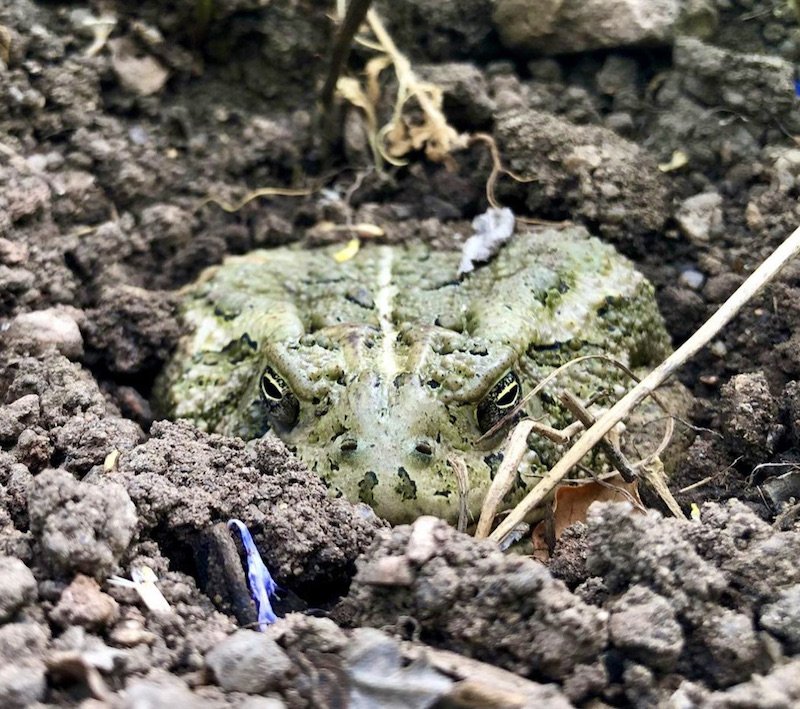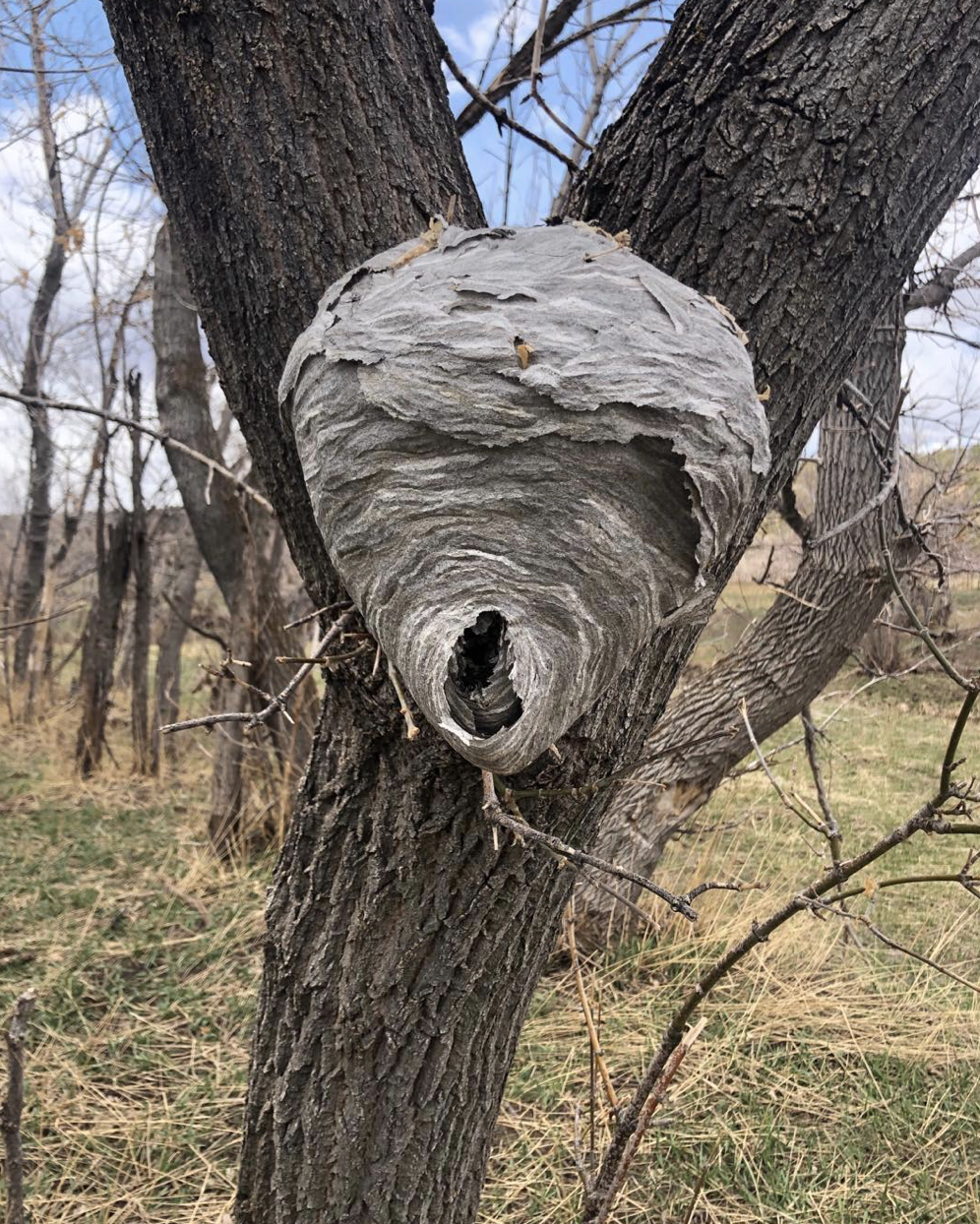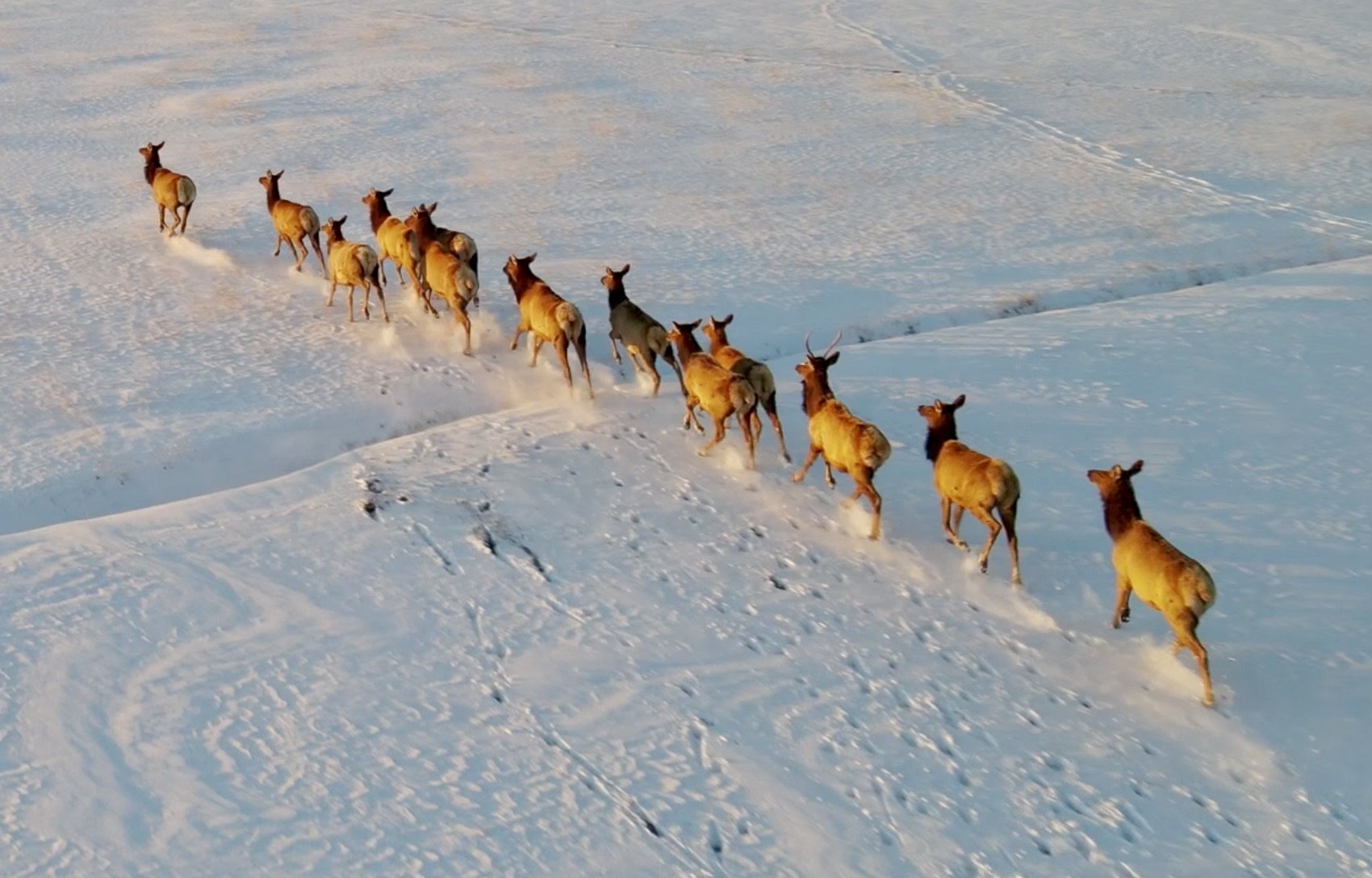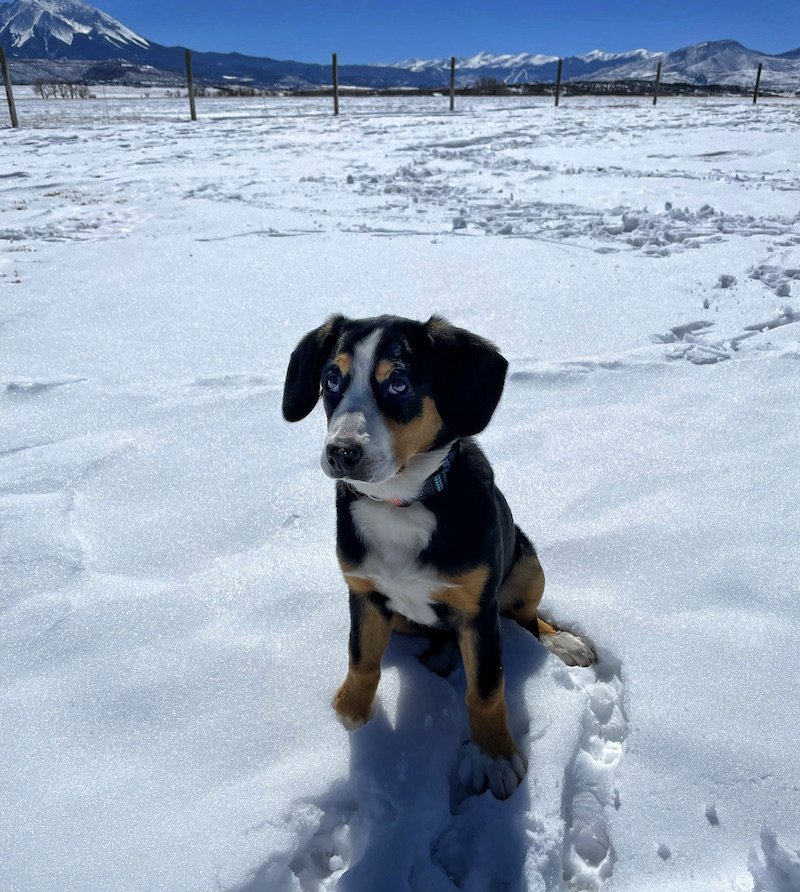Rotational Grazing and Holistic Pasture Management
“Regenerative Ranching”
Ready to Mooooove
Rotational grazing is an environmentally friendly style of ranching as it optimizes manure/nutrient distribution and soil stimulation across our land while increasing “rest” time of the land between grazing periods.
Here the cows are eagerly anticipating access to the next paddock where the grass is untouched…yum!
Cattle Drives are Fun
No Really! Cattle drives are fun. The cows, and especially the calves, get very excited and like to run and play. They are most certain we are leading them to greener pastures, and we are, because that’s how rotational grazing works. It’s a delightful way to start your day while developing a good working relationship with the herd.
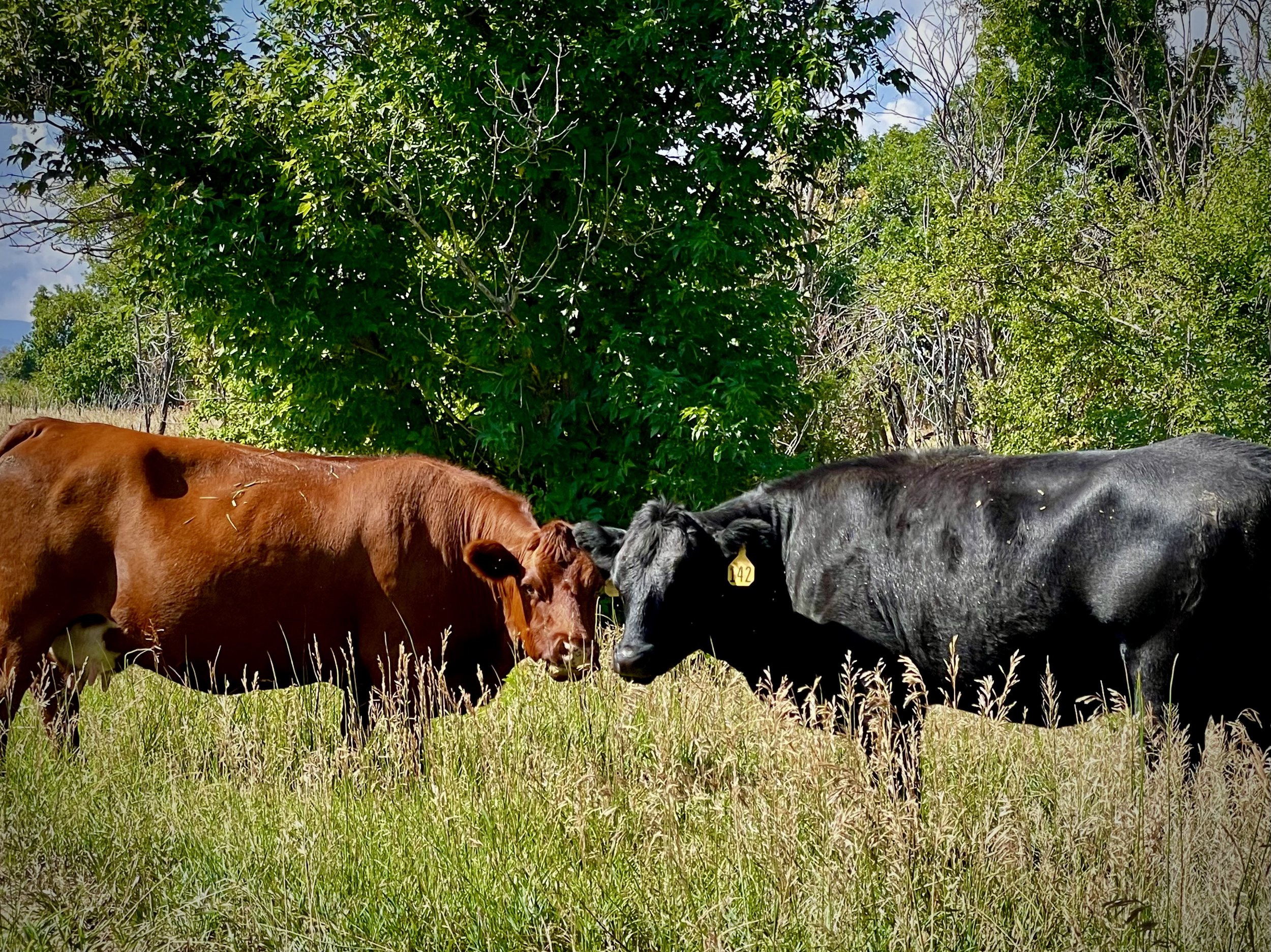


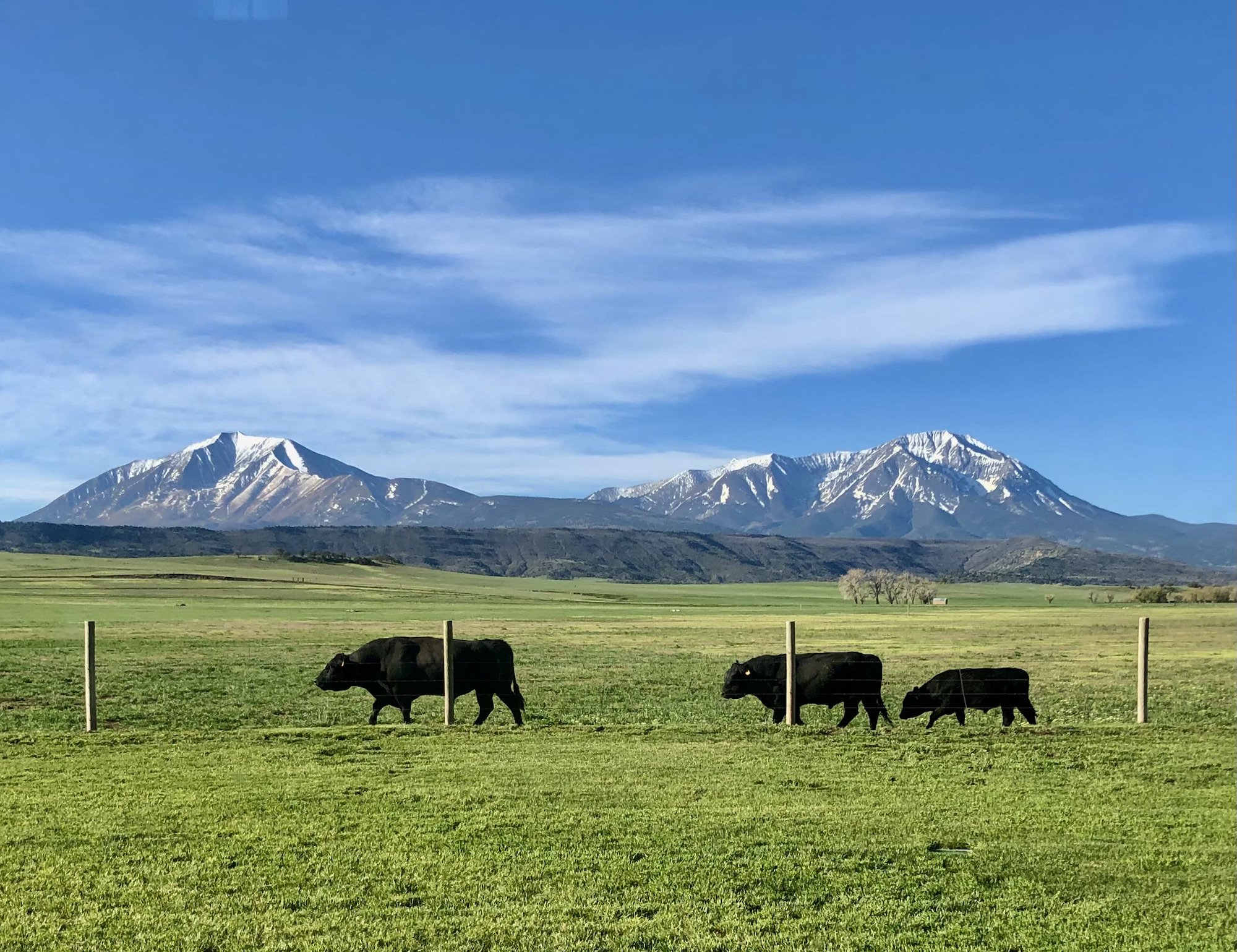
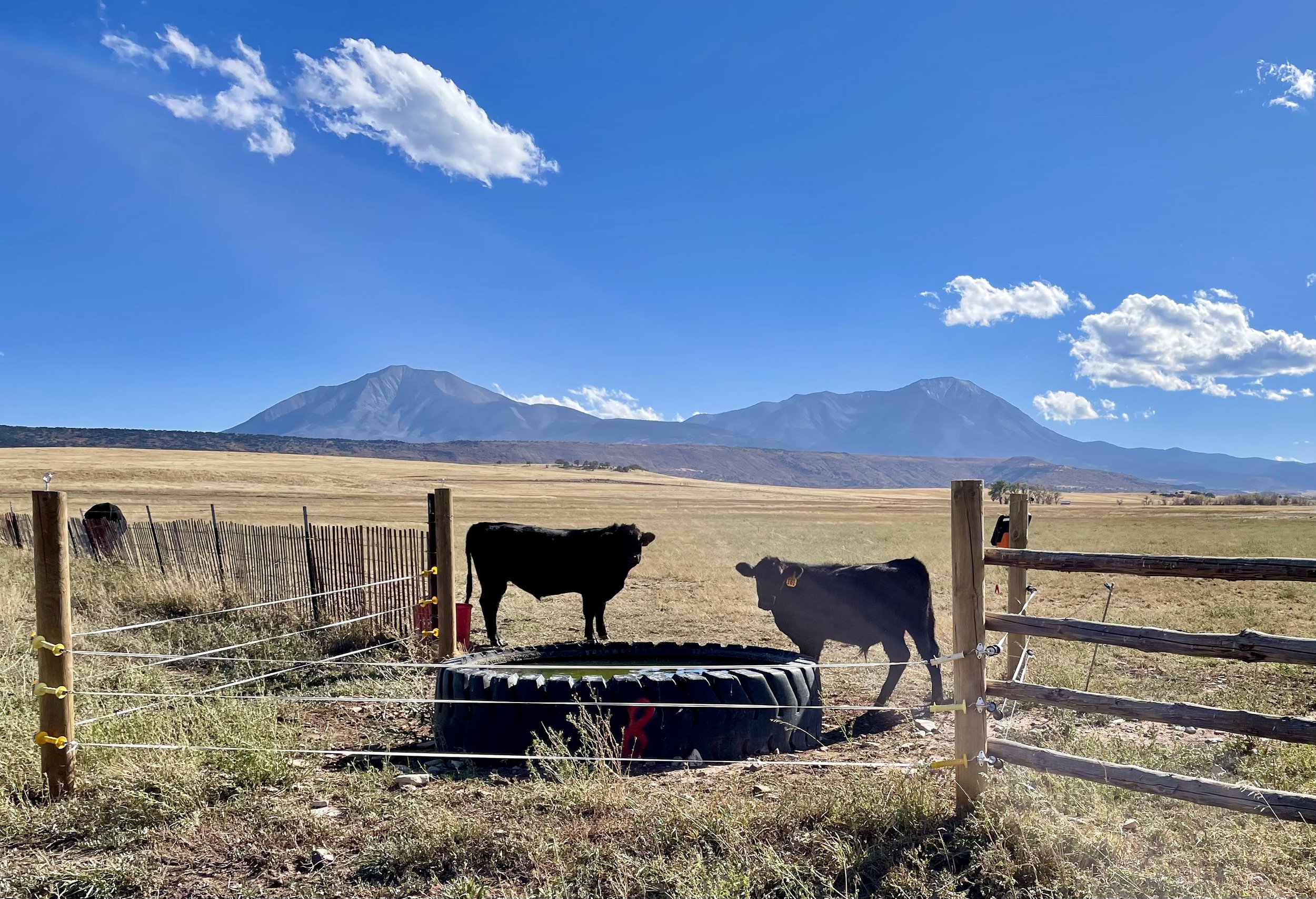

Keep on Grazing
We have made the choice to minimize cutting hay while maximizing grazing potential. The grasses are left tall in the field for the cattle to graze on. We continue to practice rotational grazing year round. Here, in winter, you can see the strips of tall grass separated by electric fencing. Each day, the cows are advanced into the next strip of tall grass. Behind the cows, the grasses have been grazed evenly, and naturally fertilized with manure. When the cows are finished with a section of pasture, they are moved to a new section, and are not allowed back to the finished section during its “resting” phase. This “resting” phase, is key to the regeneration of the soil.
Advantages not to cut and bale:
Sun and wind protection for the soil
Helps maintain moisture
Increased resilience in drought
Cooler soil temperature in summer
Abundant wildlife habitat
Nutrients left in place - not removed by making hay bales
Seed heads get stomped into ground by cattle, and grow more grass.
Retains carbon in the soil.
Diversity
Biodiversity is a key component of regenerative farming. We plant: Oats, Clover, Rye, Native Grass, Alfalfa, Radishes and more!
This helps create a thriving ecosystem. From the microbiome, to all the animals we see living here or passing through.
How do we plant the seeds in our pastures?
We use a No-Till Drill.
The no-till drill helps maintain soil structure by minimizing soil disturbance, and preserves organic matter already in place.
